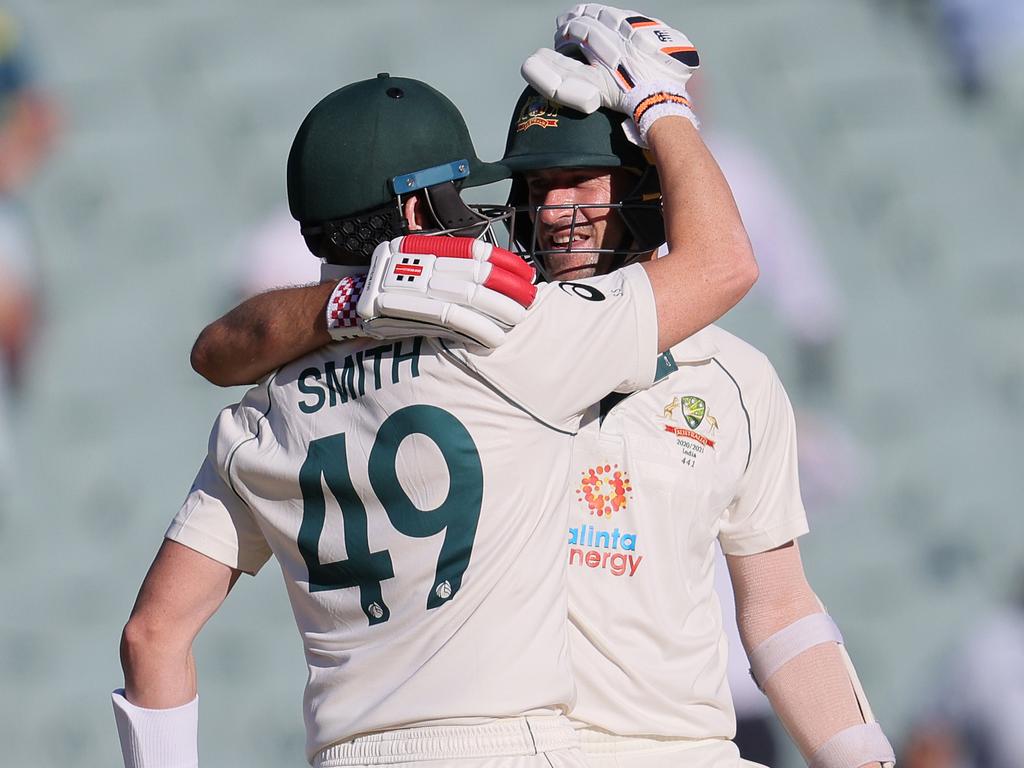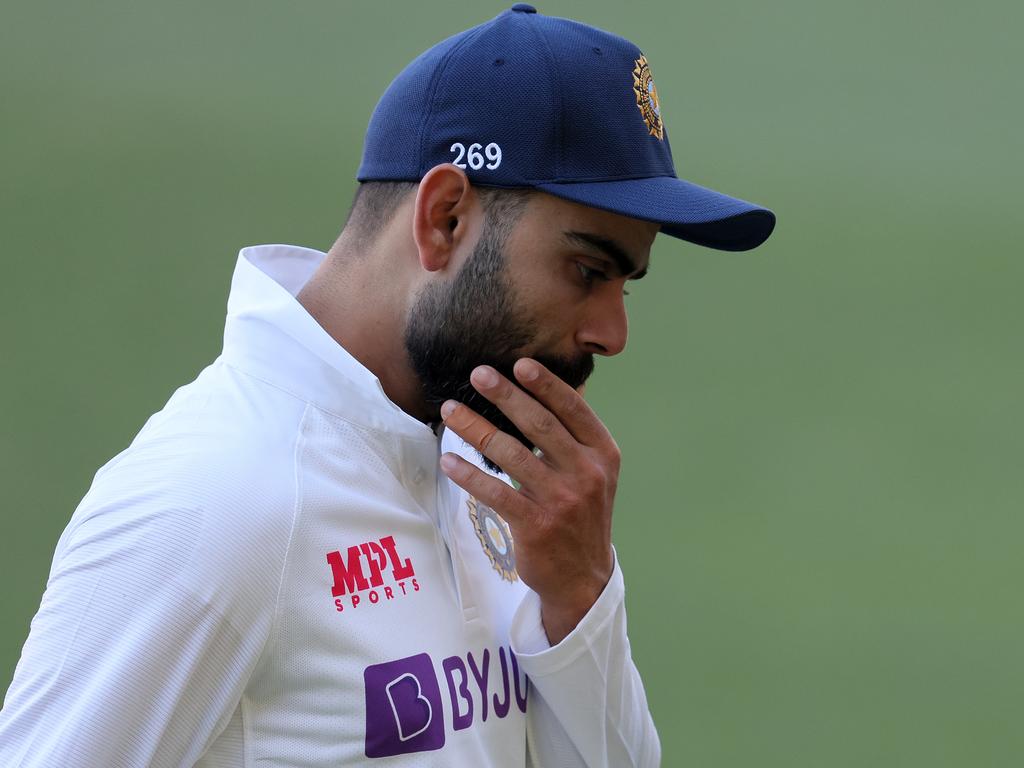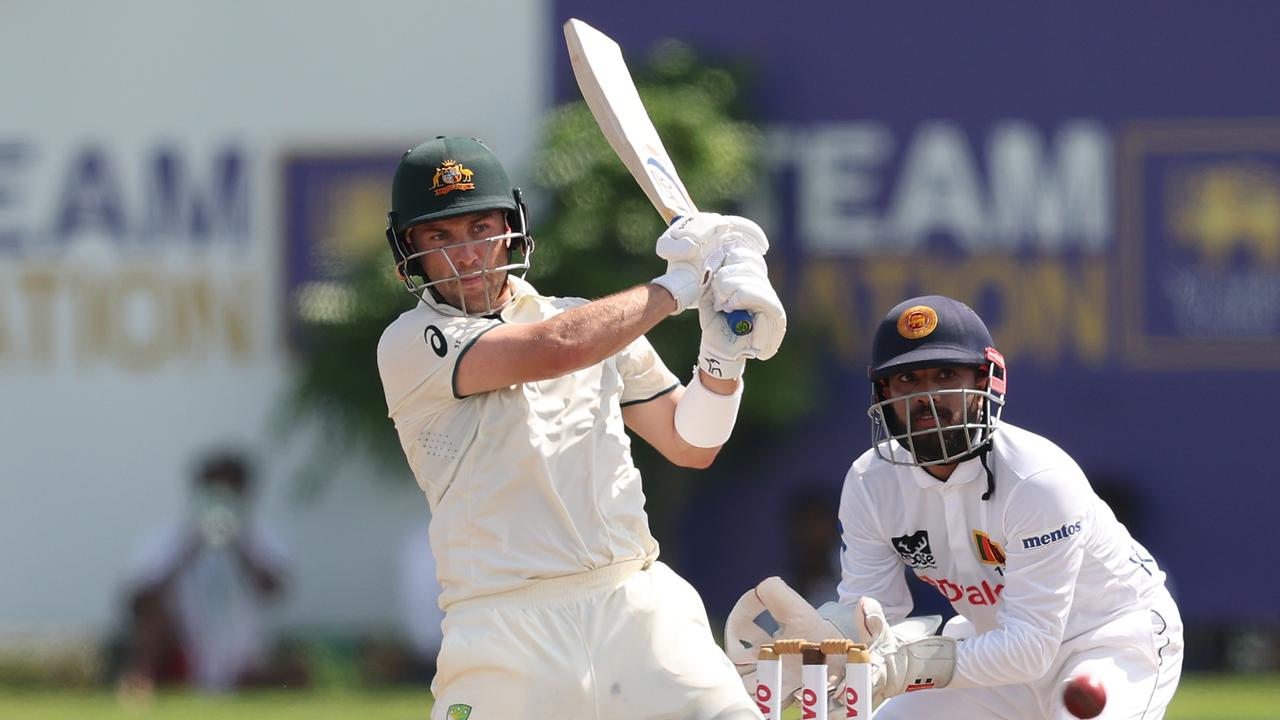Sports science has played an honourable role in maximising Australian fast bowlers
It was the spell that needed to be seen to be believed. These are the key decisions stretching back almost a decade which led to the ‘Adelaide 36ers’.

It was cricket’s version of a car crash but you could never call it an accident.
The day a vaunted all-conquering Indian batting order entered history as the suddenly notorious Adelaide 36ers was the result of a lot of things including detailed, sensitive planning which stretches back almost a decade.
Sports science, with all of it’s newfangled bowling workload restriction, is a much maligned part of modern cricket but it has played an honourable role in the emergence of Pat Cummins, Josh Hazlewood and Mitchell Starc and Nathan Lyon as the arguably the most formidable bowling unit Australia has ever had.
The controversial theory that bowlers must be managed and restricted until their bodies and spines fully form in their mid-20s has earnt the ire of many old timers but, especially with Cummins, the fruits of this theory are there for all to see.
Bowlers just don’t break down like they used to.
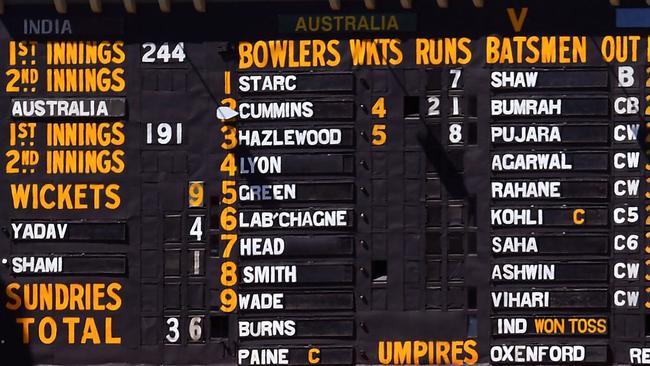
In a remarkable coincidence, the two most underrated Australian bowlers of the last 40 years – Ryan Harris and Bruce Reid – returned identical stats (27 Tests, 113 wickets at 23) but had they started their careers today they would double or treble those numbers because they would have been nursed towards greatness rather than be constantly shut down with injury.
Part of the reason why the modern foursome is so awesome is they are now touring together so often. Sometimes, such in England last year, they don’t all play in the same team but they have communal sensory perception and tips and information is shared for the common cause.
Cummins has become the poster bowler for sports scientists the world over after going from a repeatedly injured youngster who had to wait six years between his first and second Tests into a fast bowling iron man with an unyielding spirit and a seemingly unbreakable body.
Watch Australia v India Test Series Live & Ad-Break Free During Play with the Fox Cricket commentary team. New to Kayo? Get your free trial now & start streaming instantly >
There was no sense at the Adelaide Oval that India had imploded and that is their biggest worry because this Australian attack might simply be too good for them.
Australia’s bogeyman Cheteshwar Pujara might have this feeling after facing a peach of a ball from Cummins which was angled at off stump but left him fractionally to catch the edge.
His bat face was slightly closed because he expected it to go straight. It didn’t.
It was the sort of delivery bowlers talk about and plan for but doing it is another thing altogether and Australia celebrated with gusto because finding the end of Pujara’s bat is like finding a hole in a bank vault door.
Then at the other end Josh Hazlewood, Mr Pinpoint, got two to straighten off the seam to Mayank Agarwal and Ajinkya Rahane and the game was gone.
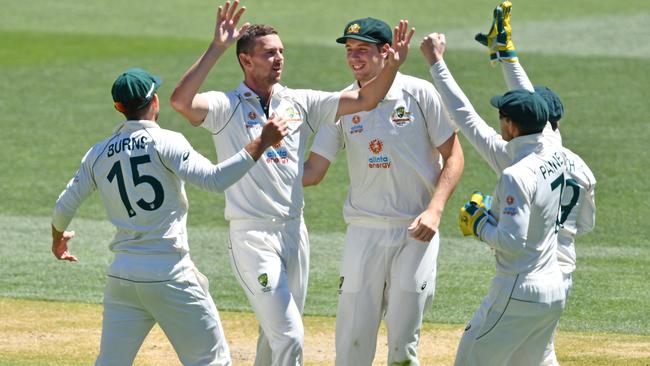
Everything worked, even the plan to bait Virat Kohli with a fifth stump line to hopefully induce a catch to gully.
The most challenging decks in cricket are often not so much when the ball is doing everything but when it’s doing just enough to catch the edge which it was in Adelaide. And the quickening nature of the deck meant those edges were carrying, not falling short as they did in the first innings.
Cummins was the first to admit the wicket played its part.
It seamed and bounced at variable heights and Australia was the team with the taller attack who were best positioned to make the most of it.
And they did.



